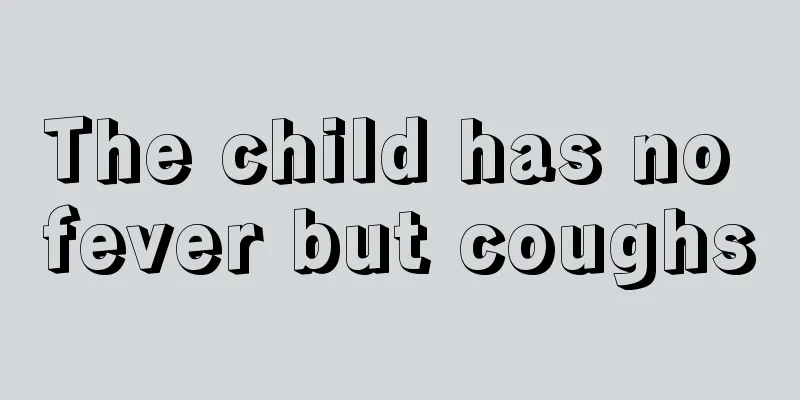Where does jaundice start to subside?

|
The jaundice in newborn babies will be more obvious. Parents can see the difference by comparing the skin on the face with the skin on the body. However, as the child grows, the jaundice will quickly disappear. But where does the jaundice start to subside? Normal neonatal jaundice will begin to subside on the face, and under normal circumstances, jaundice will only be present on the face. If jaundice also occurs on the chest, it indicates the possibility of a lesion. 1. Where does jaundice begin to subside? Neonatal jaundice usually starts to disappear from the face. Newborns begin to develop jaundice 2-3 days after birth, become most obvious after 4-5 days, and disappear naturally in 7-14 days. The general condition is good without adverse reactions. This is called "physiological jaundice." Because premature infants have more immature liver function, jaundice will appear later, around the 3rd or 4th day, and will last longer. Jaundice in premature infants can last for 14 days or longer. 2. Common symptoms of neonatal jaundice In mild cases of physiological jaundice, jaundice first appears on the face and neck, and then spreads to the trunk and limbs. It is generally slightly yellow, and the sclera may be slightly yellow, but the palms and soles are not yellow. It disappears after 2 to 3 days, and the skin color returns to normal on the 5th to 6th day. In severe cases, jaundice may spread from the head to the feet and then to the whole body. Vomitus and cerebrospinal fluid may also turn yellow and may last for more than a week. Especially for some premature infants, it may last until the 4th week. The color of urine and feces is normal and there is no bilirubin in the urine. Very light or grayish-white stool and dark urine indicate neonatal hepatitis or biliary atresia. Jaundice is mostly found on the face, neck, sclera, trunk and proximal limbs, usually not exceeding the elbows and knees. The color of jaundice is light pink in mild cases and darker in severe cases, but the skin is rosy with red in the yellow. Newborns with physiological jaundice are generally in good condition, have no anemia, no hepatosplenomegaly, normal liver function, and no kernicterus. 3. Normal value of neonatal jaundice index Physiological jaundice is a condition in which the serum bilirubin level of a newborn gradually increases from 17-51 μmol/L (1-3 mg/dl) at birth to 86 μmol/L (5 mg/dl) or above 24 hours after birth. Clinically, jaundice appears without other symptoms and disappears within 1-2 weeks. The serum bilirubin level of physiological jaundice should not exceed 204 μmol/L (12 mg/dl) for full-term infants and 255 μmol/L (15 mg/dl) for premature infants. However, some premature infants with serum bilirubin less than 204μmol/L (12mg/dl) may also develop bilirubin encephalopathy. We should be vigilant about physiological jaundice to prevent misdiagnosis or missed diagnosis of pathological jaundice. |
>>: What medicine should babies take to treat jaundice?
Recommend
How to take care of children with regular fever
Children are often troubled by bacteria and germs...
Baby sweats a lot on his head while sleeping
When babies are young, parents always watch over ...
Children's eyes always have tears
It is a very common disease in daily life that ch...
Diet for children with renal failure
Nowadays, our quality of life is constantly impro...
What to do if your child's face is red, swollen or itchy
Redness, swelling and itching on a child's fa...
What medicine is used for neonatal colic
Neonatal colic is a common disease in newborns. T...
Three-year-old boy cannot speak
We will find that children start to talk when the...
White spots on baby's face
Special attention should be paid to all matters w...
What are the antiviral drugs for children?
When choosing some special medicines, you need to...
What should children with skeletal dysplasia and poor growth take?
Children nowadays are extremely spoiled, eat very...
What to do if your child has a bruise on his face
It is inevitable that children will have bumps an...
What should I do if my child’s lead content exceeds the standard?
Children's bodies have no resistance to some ...
What should I do if my baby walks unsteadily after having a fever?
Babies are very susceptible to viral infections, ...
Clinical manifestations of hoarseness in children
Parents are very concerned about their children&#...
What are the symptoms of vitiligo in children?
Vitiligo in children is actually a relatively com...









